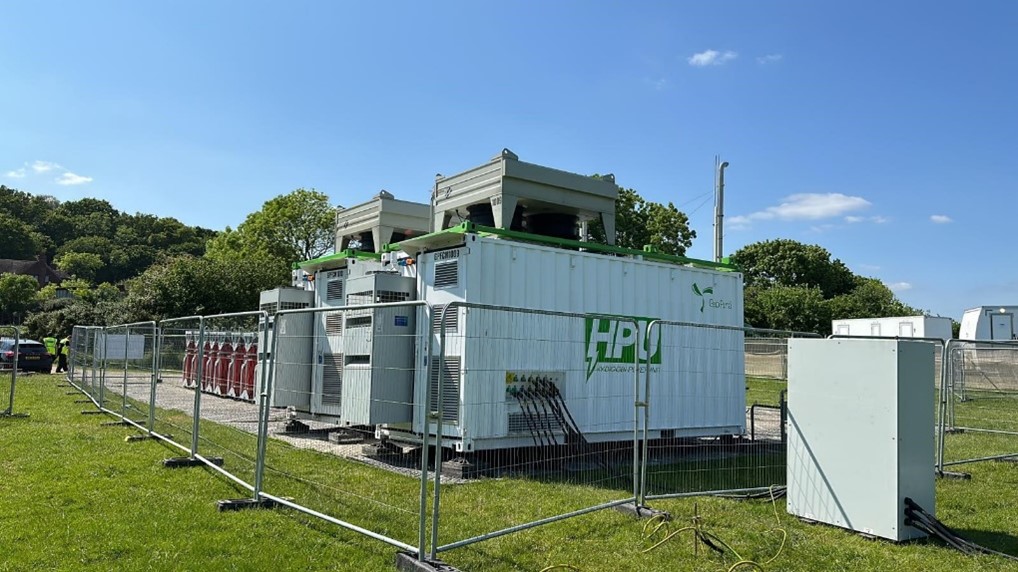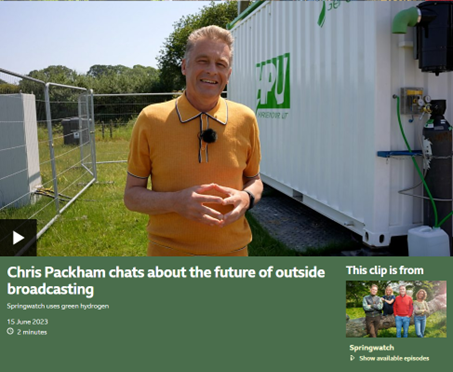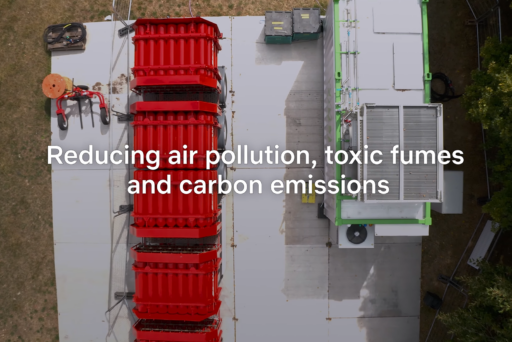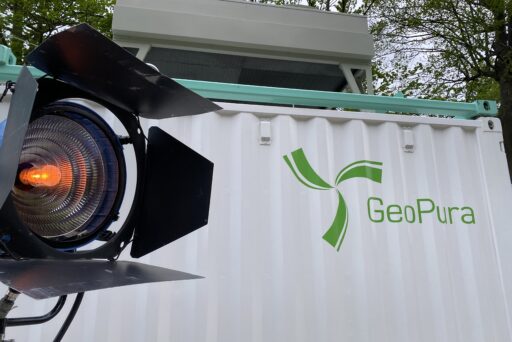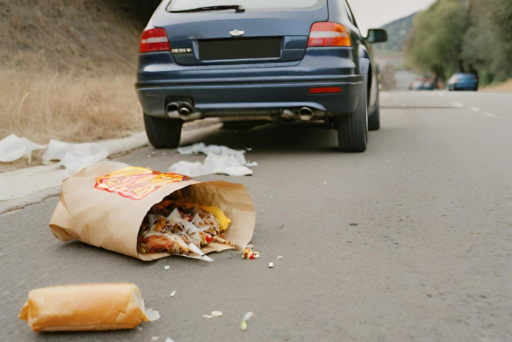As filming wraps up on another successful series of BBC Springwatch, Chris Packham explains how switching from diesel to hydrogen power saved around 14,400 kgs of CO2 from being released into the atmosphere over the duration of the show.
Watch here – BBC Two – Springwatch, Chris Packham chats about the future of outside broadcasting
Filmed at a brand-new location, RSPB Arne in Dorset, GeoPura deployed 2 HPUs, powering 30 remote cameras, 6 mobile cameras, and the entire production village. Fuelled with hydrogen, the only byproduct was water, causing no negative impact on the surrounding wildlife or crews.
Springwatch’s commitment to sustainability sets an example for the television industry. By embracing green energy alternatives and prioritising the reduction of carbon emissions, they have positioned themselves at the forefront of environmentally responsible broadcasting. The decision to invest in hydrogen power not only aligns with their goal of leaving a smaller ecological footprint but also further highlights the potential of this technology to revolutionise outside broadcast TV.
By replacing diesel twinset generators with a hydrogen powered generator, the show has significantly reduced its carbon emissions. The HPU harnesses the energy of hydrogen gas, resulting in a clean and eco-friendly energy source. As a result, the CO2 that would have been released into the atmosphere is now eliminated.
GeoPura has been providing zero-emission power to Springwatch since 2021. Together, we are shaping the future of sustainable production and leading the way in reducing the environmental impact of outside broadcasts.
Find out more about previous deployments here:
All 12 of Springwatch’s live broadcasts were powered by green hydrogen – GeoPura

